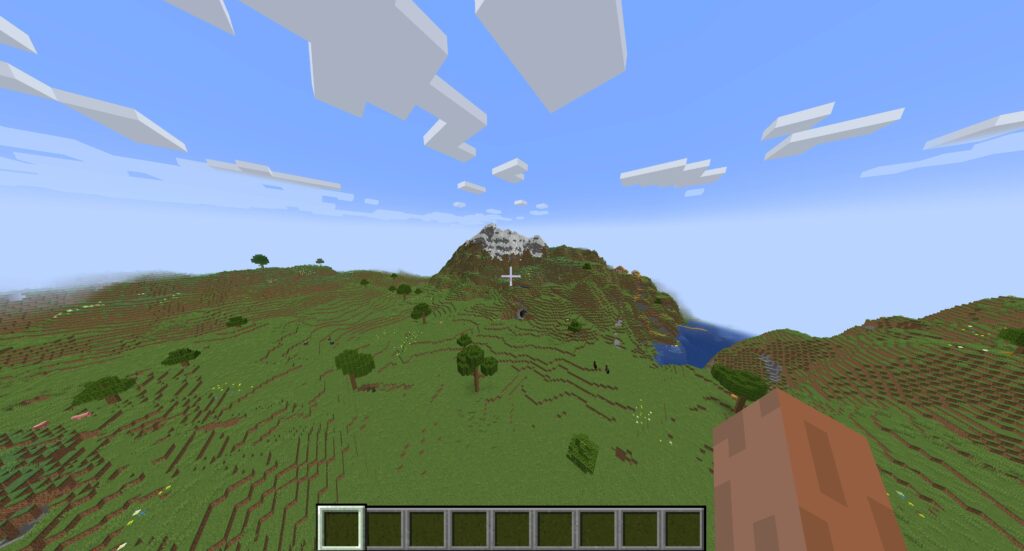In Minecraft, simulation distance refers to the distance at whch the game world is actively simulated. This means that the game is constantly calculating and updating the state of objects and entities within this range, such as players, mobs, and items. The simulation distance is determined by the player’s graphics settings and can be adjusted to balance performance and visual quality.
It’s important to note that simulation distance is not the same as render distance, which controls how far away objects are visible to the player. Render distance only affects the visual aspect of the game, while simulation distance affects the game mechanics and performance.
The default simulation distance in Minecraft is 10 chunks, which is equivalent to 160 blocks in each cardinal direction. This is a good balance between performance and gameplay, as it allows players to interact with nearby entities while still keeping the game running smoothly. However, players with higher-end computers can increase the simulation distance to up to 32 chunks for a more immersive experience.
On the other hand, decreasing the simulation distance can greatly improve performance on lower-end computers or in multiplayer servers with many players and entities. This is because the game has to constantly simulate and update each entity within the simulation distance, and reducing this range can lessen the strain on the system.
It’s also important to consider the impact of simulation distance on multiplayer servers. If there are too many players in different areas of the world, the game can start to lag and even crash. In this case, server administrators can limit the simulation distance or use plugins to optimize performance.
Simulation distance is a crucial aspect of Minecraft gameplay that affects both performance and gameplay. Players should adjust this setting based on their system specifications and gameplay preferences to achieve the best balance between performance and immersion.
Is It Good To Have A High Simulation Distance In Minecraft?
Having a high simulation distance in Minecraft can have both advantages and disadvantages. On the one hand, a high simulation distance can allow players to see and interact with more of the game world, which can be beneficial for exploration and resource gathering. Additionally, a high simulation distance can allow players to see other players from further away, which can be useful for coordinating activities or avoiding potential conflicts.
On the other hand, a high simulation distance can also put a strain on the performance of the game. If the distance is too great, or if there are too many players simulating different areas, the game can begin to lag or even crash. This can be frustrating for players and can detract from the overall experience of the game.
Therefore, it is important to find an apropriate simulation distance that balances the benefits of seeing more of the game world with the need for efficient performance. This distance may vary depending on the specific configuration of the game and the number of players involved. In general, it is recommended to start with a lower simulation distance and gradually increase it as needed, while monitoring the performance of the game to ensure that it remains stable and enjoyable for all players.

Conclusion
Simulation distance is a crucial aspect of Minecraft gameplay that determines the range of chunks that are actively simulated and rendered by the game engine. It affects the performance of the game, especially when there are too many players simulating distinct areas or when the distance is too far. Therefore, it is essential to set an appropriate simulation distance that can balance the need for rendering quality and system performance. Minecraft players should consider adjusting their simulation distance based on their hardware capabilities, the number of players in the game, and the complexity of the in-game environment. By ding so, they can experience a smooth and enjoyable gameplay experience without any lag or performance issues.
